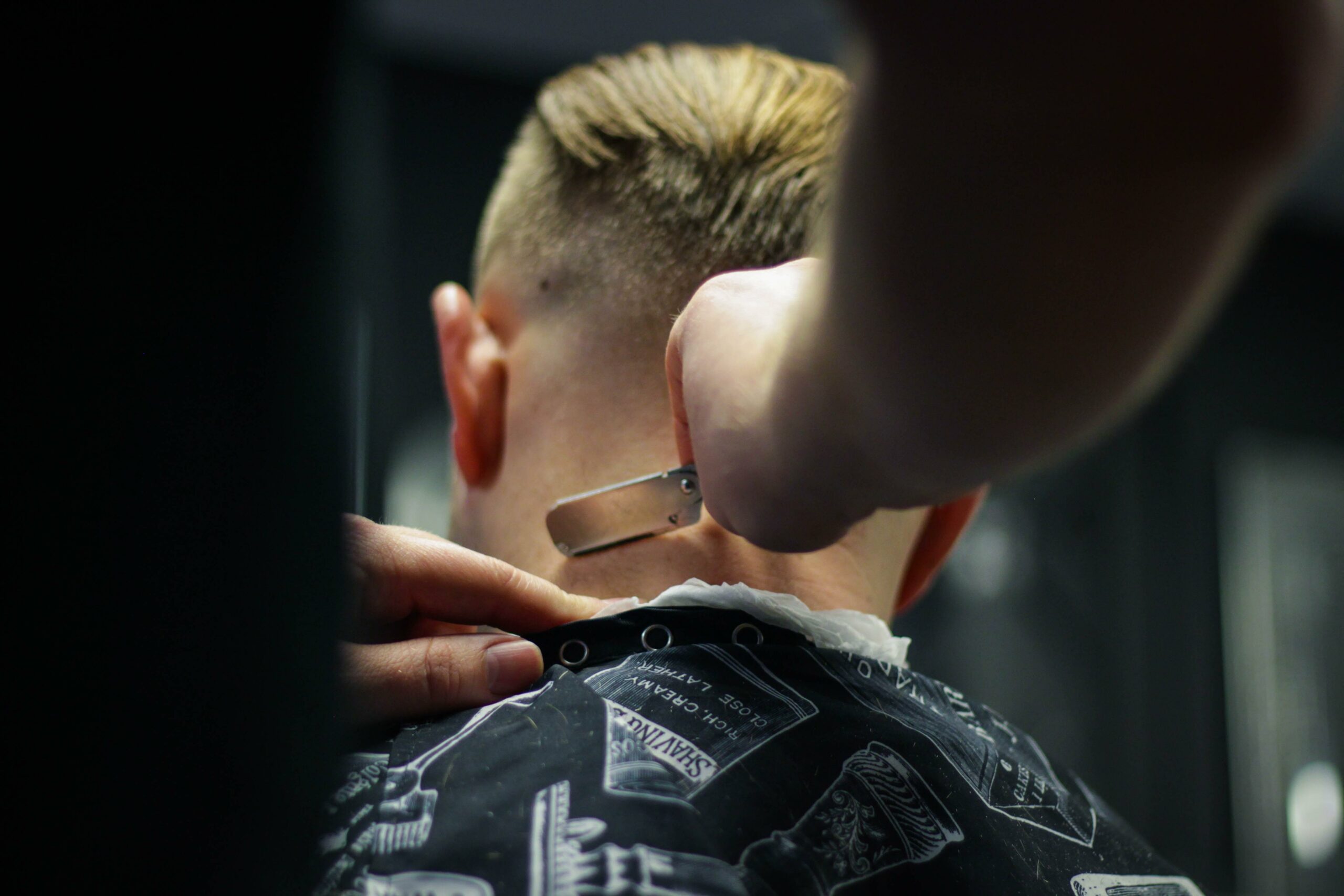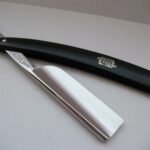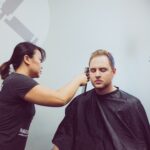Step back in time and immerse yourself in the captivating world of barber surgeon history. In this article, we embark on a journey to unravel the fascinating tales and intricate practices of these multifaceted individuals. As a writer deeply passionate about history and renowned for my storytelling prowess, allow me to bring to life the intriguing history, notable techniques, and societal impact of barber surgeons. Join me as we delve into a bygone era, where barbers were not just skilled in the art of haircuts, but also wielded the tools of surgeons. Prepare to be enthralled as we unveil the secrets of this extraordinary profession.

Barber Surgeon History
As we embark on a historical journey to unravel the captivating world of barber surgeon history, it’s crucial to understand their multifaceted roles and the intriguing techniques they employed. Through extensive research and storytelling, we aim to shed light on the lesser-known aspects of these fascinating individuals who played significant roles in society.
The Birth of Barber Surgeons
In medieval times, when the lines between barbers and surgeons were blurred, a unique profession emerged – the barber surgeon. Combining the skills of both barbers and surgeons, these individuals became pivotal players in the medical landscape. The barber surgeon history began to unfold as they wielded their razors and scalpels, performing various procedures ranging from haircuts and shaves to bloodletting and amputations.
Delving deeper, we discover that barber surgeons not only conducted basic surgical tasks but also acted as traveling practitioners, visiting towns and villages to provide vital medical services. Their experience and versatility made them valued members of communities, as they offered treatments for ailments, extracted teeth, set broken bones, and even assisted in childbirth.
A Convergence of Expertise
The expertise of barber surgeons grew over the centuries, elevating their status within society. They were often self-taught or apprenticed under seasoned practitioners to acquire the necessary skills. Gradually, guilds and professional organizations were formed to regulate their practice. These organizations ensured that barber surgeons possessed ample knowledge and adhered to certain standards.
Their expertise extended beyond surgical procedures. Barber surgeons became deeply immersed in the study of medical texts and engaged in ongoing learning to refine their skills. They were avid observers and experimenters, constantly seeking new methods and techniques to provide better care to their patients. Their commitment to honing their craft fostered a deep sense of pride and dedication to their profession.
The Societal Impact
Barber surgeons played a crucial role in the development of medical practices and the evolution of society as a whole. They were not just healers but also embedded in the fabric of their communities, serving as confidants, advisors, and even entertainers. As trusted figures, they often became central hubs of information, where news, rumors, and stories mingled with the scent of shaving cream and antiseptic.
Their contribution to society extended beyond the realm of medicine. At a time when literacy rates were low and knowledge was limited, barber surgeons served as storytellers, relaying tales of bravery and adventure to their captive audience. With their authoritativeness, they garnered respect and held a position of influence within their communities.
Pros and Cons of Barber Surgeon History
Pros:
– Accessibility: Barber surgeons offered medical services to all strata of society, bridging the healthcare gap.
– Comprehensive Care: These individuals possessed a diverse skill set, providing a range of treatments and surgical procedures.
– Cultural Icons: Barber surgeons became embedded in the cultural fabric, shaping the narratives and stories of their communities.
Cons:
– Limited Knowledge: Despite their expertise, barber surgeons were limited by the medical knowledge of their time.
– Lack of Specialization: Treating a wide array of ailments meant that they could not focus deeply on any specific area of medicine.
– Controversial Practices: Some of the techniques employed by barber surgeons, such as bloodletting, were later deemed ineffective or harmful.
In conclusion, exploring barber surgeon history unveils a rich tapestry of skills, experiences, and societal impact. These skilled individuals played an instrumental role in the medical landscape, offering a unique blend of surgical expertise and barbering services. As we embark on this historical journey, let us delve deeper and appreciate the intriguing narratives and notable techniques that shaped the profession of barber surgeons.
“Barber surgeon history reveals a world where razors and scalpels danced in harmony, transforming barbers into healers and surgeons into artists of the human body.”
Imagine stepping back in time to a world where the barber took on a whole new role – that of a surgeon. Yes, you heard it right – it’s the intriguing world of the Barber Surgeon! Curious to know more? Then click here to explore the fascinating history and practices of the Barber Surgeon. Prepare to be amazed as you uncover a world where haircuts and surgeries intertwine seamlessly, creating a unique profession that captivates the imagination. Don’t miss out on this opportunity to delve into the world of the Barber Surgeon – click now! Barber Surgeon
FAQ
Question 1: Can you give an overview of barber surgeons and their history?
Answer 1: Barber surgeons were individuals who performed surgical procedures alongside their usual barbering duties. They originated in medieval Europe and continued to flourish until the 19th century. These versatile professionals played a crucial role in providing medical care during a time when licensed physicians were scarce.
Question 2: What were the main responsibilities of barber surgeons?
Answer 2: Barber surgeons had a wide range of responsibilities. They performed minor surgeries, such as bloodletting, tooth extractions, and wound treatments. Additionally, they conducted haircuts, shaves, and other barbering services. Their expertise also extended to treatments like leeching, cupping, and even rudimentary amputations.
Question 3: How did barber surgeons acquire their surgical skills?
Answer 3: Barber surgeons usually gained their surgical knowledge through apprenticeships. They would work under experienced barber surgeons, learning various techniques and procedures. Some also attended barber surgeon guilds or schools, where they received formal training. However, these methods of learning varied across different regions and time periods.
Question 4: What tools and instruments did barber surgeons use?
Answer 4: Barber surgeons utilized a range of tools and instruments for their surgical procedures. These included scalpels, lancets, forceps, cauteries, razors, and various probes. Additionally, they employed barber-specific tools like shears, combs, and shaving utensils. However, the tools available to barber surgeons would differ based on their training and the historical era they worked in.
Question 5: What was the social status of barber surgeons?
Answer 5: Barber surgeons held a unique social position within their communities. While they were considered lower in status than licensed physicians, they were held in much higher regard than ordinary barbers. Barber surgeons were often seen as essential providers of medical care, especially in rural areas or during times of war. Their dual skills in barbering and surgery gave them a significant role in society.
- Unlocking Francis Alexander Shields’ Finance Empire: A Comprehensive Biography - July 12, 2025
- Unveiling Francis Alexander Shields: A Business Legacy - July 12, 2025
- Francis Alexander Shields’ Business Career: A Comprehensive Overview - July 12, 2025















